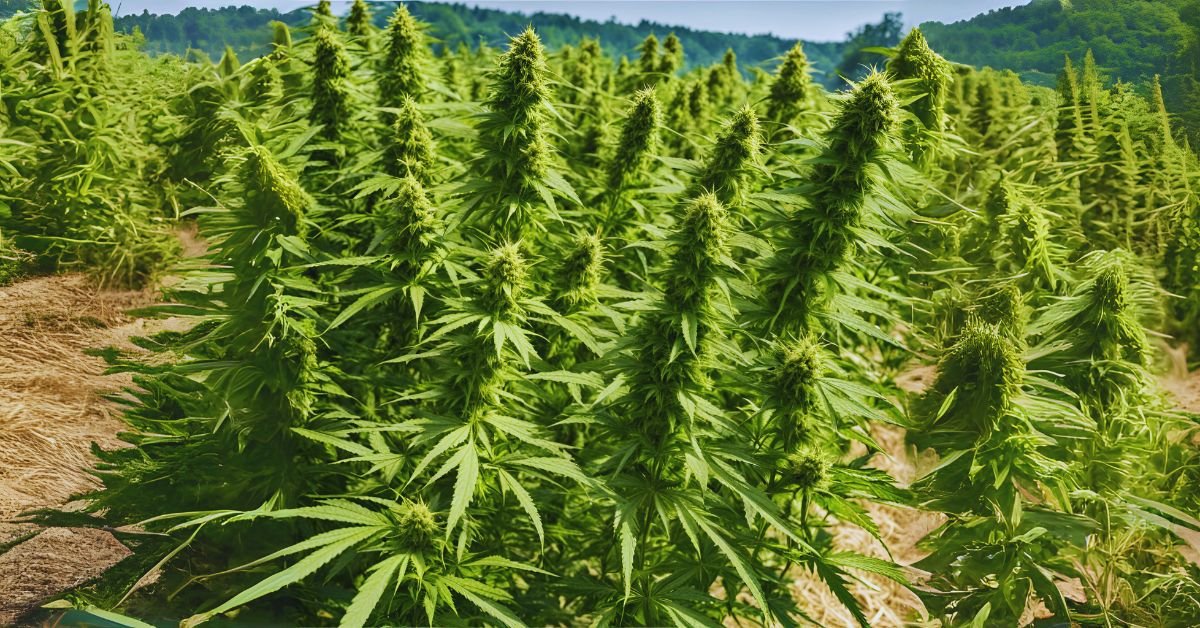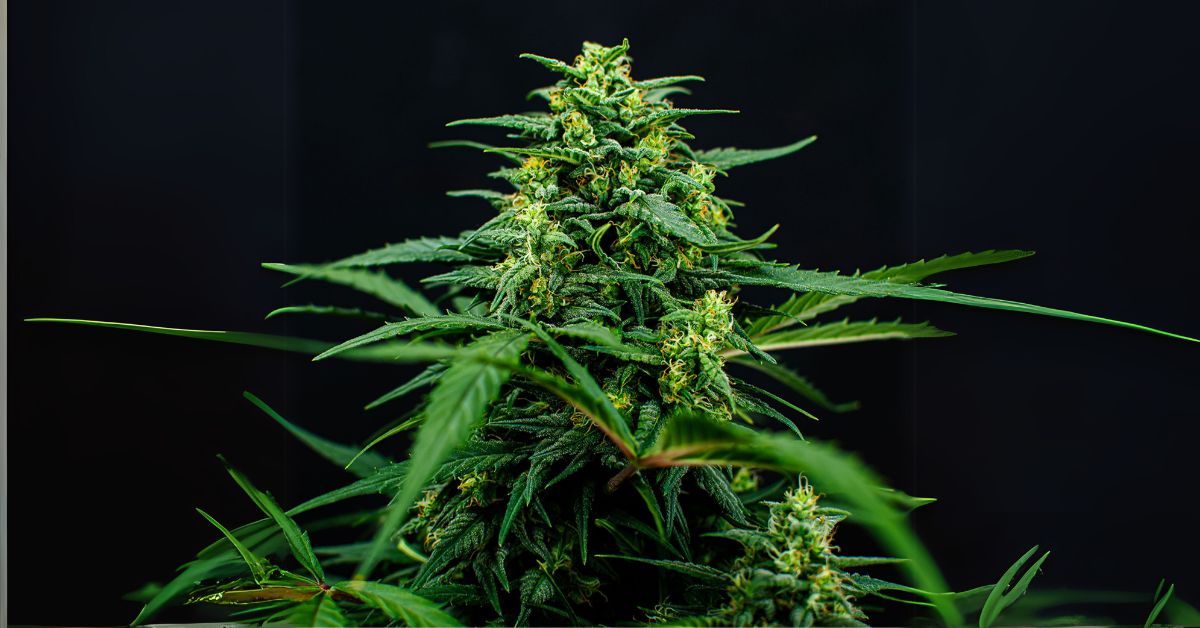One of the world’s oldest and most adaptable crops is the history and evolution of hemp cultivation. It has been grown for thousands of years because of its fiber, seeds, oil, and therapeutic qualities. Throughout history, hemp has also been important to many civilizations and religions.
However, hemp in beer has encountered numerous difficulties and disputes over the years. This article will examine the history and development of hemp from antiquity to the present.
The Hemp Plant
Varieties of the botanically described species Cannabis sativa, which Carl Linnaeus named in 1753, are used in industrial hemp. Despite disagreements, the current categorization of the Cannabis plant genus treats hemp and marijuana as a single species (McPartland & Guy, 2017). Within the species C. sativa, numerous wild landraces and cultivated variants can interbreed to form a single species.
There is a legal difference between hemp and marijuana. The legal definition of hemp is C. sativa plants with low concentrations of delta-9-tetrahydrocannabinol (THC), a psychoactive substance. THC levels on a dry-weight basis are limited to 0.3% in Florida and several other states. Cannabis is defined as C. sativa with THC levels higher than 0.3%. The cannabis industry frequently uses the adjectives “Indica” and “Sativa,” yet these are unreliable for botanical or legal classification.
Although hemp meaning is mostly a herbaceous annual plant, it can also exhibit characteristics of woody stem tissue. Hemp development is short-day photoperiodic, meaning that the darkness at night mainly determines flowering and reproductive growth. Flowering happens when days get shorter or nights get longer (at least 10–11 hours) (Williams, 2019). In contrast to monoecious plants, which have both male and woman flowers on the same hemp plant images, most hemp plants are dioecious, meaning they have distinct male and female plants. When a male hemp plant pollinates a female, the result is botanically achenes, oil-rich seeds. Growers must comprehend hemp biology to choose genetics that is suitably productive for the several end hemp uses (fiber, oil, seed, and cannabinoids).
History of Hemp

People have been growing C. sativa for millennia for its fiber, food, oilseed, medicinal, and ceremonial uses. Ancient civilizations used hemp for food and fiber, as evidenced by hemp seeds in Japan around 8000 BCE (Kudo et al., 2009) and hemp fiber ceramics in China in 4000 BCE (Li, 1973). Hemp seed was essential for gathering food, fishing, domesticating animals, and other civilization-critical innovations.
Since humans have dispersed C. sativa far around the world, its precise origin is still unknown. Most people agree that it is indigenous to Central and Southwest Asia. Spanish colonialism brought the plant to North America in 1545 (Fike, 2016). By the middle of the 1800s, hemp was recognized as a significant fiber crop in the New England colonies. The United States (US) hemp output peaked in the middle of the 1800s, with brief increases during both World Wars.
Illinois, Indiana, Iowa, Kentucky, Minnesota, and Wisconsin had the highest rates of industrial hemp cultivation (Ash, 1948). Hemp has formed feral populations in this area of the United States and is considered a noxious weed in several Midwestern states. The demand for and production of hemp declined in the early to mid-1900s due to the introduction of competing fiber crops (cotton, sisal, and jute) and, later, synthetic fibers.
The 20th century saw the passage of federal laws like the 1937 Marijuana Tax Act and the 1970 Controlled Substances Act, which made it illegal to grow or possess cannabis. These prohibitions restricted access to the plant, and growing hemp became more expensive due to market trends. As a result of these circumstances, the US hemp sector had a 50-year break.
Recent modifications to federal legislation have made it permissible to separate hemp from marijuana and permit its production, processing, and sale in the United States. Under pilot programs run by state departments of agriculture and carried out by state universities, the US Agricultural Act of 2014, also referred to as the Farm Bill permitted hemp production. Hemp was taken off the list of restricted narcotics and given a more precise definition as an agricultural entity in the 2018 Farm Bill. Additionally, this statute paved the stage for the commercialization of hemp cultivation.
The Global History of Hemp
According to research conducted in China and Taiwan, hemp was used daily as pottery, a food source (seeds and oil), and a medication as early as 8000 BCE. Archeological records indicate that hemp was used in Germany and Russia between 500 and 600 BCE. Throughout Europe, hemp use kept growing.
The Vikings introduced hemp to Iceland in about 850, and the Arabs began producing hemp paper at about the same time. Today, hemp is used everywhere, even in English fields. King Henry the Sixth imposed fines on farmers who failed to grow hemp. The Portuguese colonists introduced the earliest known use of hemp in the New World, Brazil, in the 1500s.
In 1606, English settlers introduced hemp to Jamestown, North America. At the time, hemp was cultivated for clothes, sails, and ropes. Earlier regulations from the 1700s mandated that hemp be grown by farmers across the British Colonies. The US founders wrote drafts of the Declaration of Independence on hemp paper. In 1840, Abraham Lincoln made his lamps with hemp oil.
The Legality is Hemp Legal in India
Hemp farming in India has a lengthy history, but it has also been the subject of numerous legal disputes and conflicts. Before 1985, when the Narcotic Drugs and Psychotropic Substances Act (NDPS Act) outlawed it, hemp farming was permitted in India. Like marijuana and other narcotics, hemp was categorized as a narcotic drug under the NDPS Act. The NDPS Act made hemp legal in India to grow, own, use, sell, or transport hemp unless it was needed for research or medical reasons.
However, in certain areas where hemp in India was traditionally produced or used, the NDPS Act also permitted specific exclusions for its production. Madhya Pradesh, Himachal Pradesh, Uttarakhand, Uttar Pradesh, Jammu & Kashmir, and Sikkim are some of these states. Each of these states has different laws and regulations about what is hemp seed.
Uttarakhand was the first Indian state to authorize industrial hemp cultivation in 2017. Industrial hemp is a type of hemp cultivated for its fiber and seeds. It has extremely low THC levels (less than 0.3%) and can be made into a wide range of goods, including textiles, paper, plastics, food, fuel, and cosmetics.
Similarly to Uttarakhand, Uttar Pradesh allowed Himalayan hemp in 2019. Shortly after, other states, including Madhya Pradesh, Himachal Pradesh, and Jammu & Kashmir, were also considering allowing industrial hemp farming.
History of Hemp Fabric
The male plant’s bast fiber was utilized to make yarn and weave textiles in ancient China. Hemp was the most common fabric in China until the Northern Song era (960–1127 AD) when cotton was brought to the country. Archaeological finds of rope and burial fabric have supported numerous claims of hemp’s use in textiles found in ancient Chinese writings. High-quality hemp made hats, shoes, and robes throughout the Western Zhou dynasty (1100 BC–771 BC). The fiber’s strength and fineness demonstrate the sophisticated agricultural implements these ancient societies had created.
Hemp was first cultivated as an industrialized crop in China and then brought to Europe via the Silk Road, where it was traded during the Middle Ages in Mediterranean nations. It first arrived in Chile in the 16th century before reaching North America. Since hemp is a year-round crop that grows readily and swiftly in temperate climates without extensive chemical fertilizers, irrigation, or pesticides, it is now farmed worldwide (we obtain hemp for our eyewear in France).
Regretfully, hemp use peaked in the 18th century, as other materials were preferred for fabric and paper following the Industrial Revolution, the invention of the cotton gin, and industrialized agriculture. However, hemp remains robust and adaptable, and it may hold the key to enabling sustainable and regenerative production in the struggle against climate change and ecological collapse.
Industrial Hemp Market Challenges

Industrial hemp is a versatile product; the plant fiber and seeds have many potential uses. However, Himalayan hemp producers should carefully identify which product(s) and sales channels are available regionally before starting the show, secure any necessary permits before planting, and ensure that state and federal laws perform cultivation. Policies about industrial hemp will likely change at the state and federal level over the coming years.
There is competition in the industrial hemp market from both domestic and international sources. Due to long-standing federal restrictions that prohibited the cultivation of industrial hemp, the supply chains, processing, and manufacturing facilities required to produce market-ready goods must be built in the United States. When assessing the potential profitability of industrial hemp, domestic producers must consider the expense of shipping grain or fiber. To establish a presence in the market before Pennsylvania, several states have researched the financial impacts and resources needed to build industrial hemp supply chains.
For instance, in 2017, the state of New York established a $5 million multiyear initiative to encourage the development of industrial hemp. Other states, including Colorado, Oregon, and Kentucky, have plans to promote industrial hemp. Many nations have long-standing networks of manufacturers, suppliers, and producers to move goods from the field to the market. The current low level of domestic production impacts the development of U.S. supply chains and processing facilities.Cannabis
Before starting production, a prospective industrial hemp manufacturer should thoroughly investigate the markets, expenses, regulations, and required supply chain partners, just like any other firm. Prospective farmers face a challenge in estimating the long-term profitability of industrial hemp because it is difficult to find up-to-date market data on demand and sale prices.
Conclusion
The growth of human civilization is intricately linked to the history and evolution of hemp production. Nowadays, interest in this priceless crop is rising again as more people become aware of its environmental advantages and adaptability. To optimize the benefits of this adaptable plant, we must keep researching its applications, encouraging sustainable methods, and ensuring that regulations are appropriate. At the same time, we embrace the history and promise of hemp agriculture.







